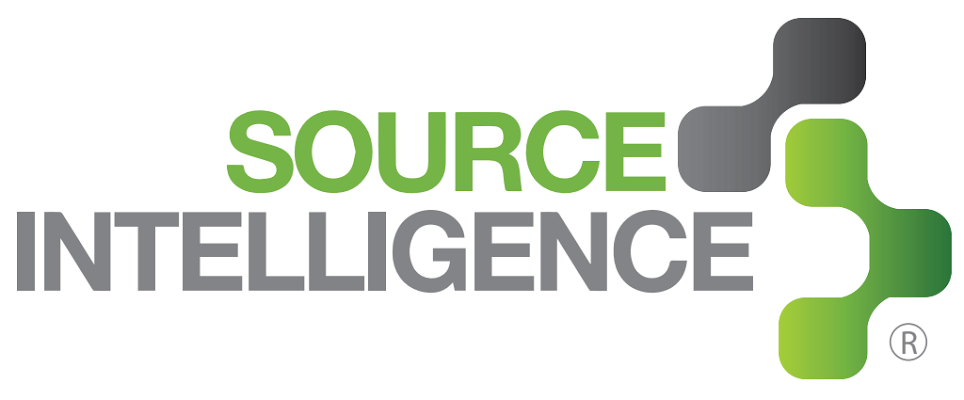NGOs Pressure Conflict Minerals Filers to Identify Smelters In Their Supply Chain

NGOs Pressure Conflict Minerals Filers to Identify Smelters In Their Supply Cha…
Growing pressure from NGO’s is making companies filing a conflict minerals report take a deeper look at potential conflict minerals in their supply chains. The headline of Amnesty International and Global Witnesses recent report Digging for Transparency, highlights “How U.S. Companies are only scratching the surface of conflict minerals reporting.” With the reporting deadline quickly approaching, the Transparency International and Global Witness report makes a great point that in order to avoid funding conflict—companies must go deeper and discover where “blind spots” may be apparent in their supply chain.
Determining how conflict minerals are mined, exported, smelted, and eventually manufactured into a consumer good is a very complex process. Dr. Denis Mukwege decrees that although minerals in some of our everyday products are sourced from the Democratic Republic of Congo and surrounding countries,
“The response of international companies and states has been too slow and timid to make the necessary fundamental changes.”
The process of discovering conflict in the supply chain is a multifaceted process, but companies that are able to go beyond just the surface of the reporting guidelines have a competitive advantage. They are enabled to make socially responsible decisions, are aware of the risk in their supply chains, and are able to address problems with visibility.
So, how can companies dig deeper?
Companies must identify where and how minerals in their supply chain are being produced and traded. The report states that if a U.S. publicly traded company’s products are within scope of Section 1502—if a “company manufacture or contract to manufacture products,” or if 3TG is necessary to the functionality of the product— then that company must complete a Reasonable Country of Origin Inquiry (RCOI). Known as the “chokepoint” in a conflict minerals supply chain, determining the smelters or refiners in your supply chain can provide critical insight on supply chain risks:
“They, therefore, often hold valuable information about a mineral’s journey between the mine and the processor. As such, they can provide downstream companies with details of the minerals’ country of origin.”
Additionally, according to the reports sample, “Only fifteen percent of companies reported that they had contacted, or attempted to contact the facilities that process the minerals in their products (smelters or refiners). Most companies limited their due diligence efforts to their direct suppliers.” (Key Findings From Digging For Transparency). This figure is one of many from Digging for Transparency, that presents key findings on how company conflict minerals reports reflect their due diligence efforts.
“The Conflict Minerals Reports help shine a light on the process by which minerals get from the mine to the store. This is positive; we know that due diligence, as required by Section 1502, can be done.”
Transparency International and Global Witnesses’ recent report has increased awareness that minerals tracing can be done. In order to decrease conflict minerals trade, detailed disclosures are imperative.
Companies need to increase their due diligence efforts and be prepared for questions regarding the steps they have taken to reach supply chain transparency. While some companies have made exemplary efforts on their conflict minerals tracing, most have not.
Clear, concise, and in depth supply chain information positions Dodd Frank Section 1502 to contribute to ending human rights abuses in the DRC substantially more.
Industry leaders are prepared to equip companies with the proper data and information to make ethical decisions regarding their supply chains. An upcoming webinar (April 30, 2015 at 10 AM PST/1 PM EST) that focuses on best practices for smelter disclosures responds to companies preparing their RY 2014 Conflict Minerals Report and provides best practices for disclosing smelter and refiner information. Find out more regarding the webinar and reserve your spot here.

